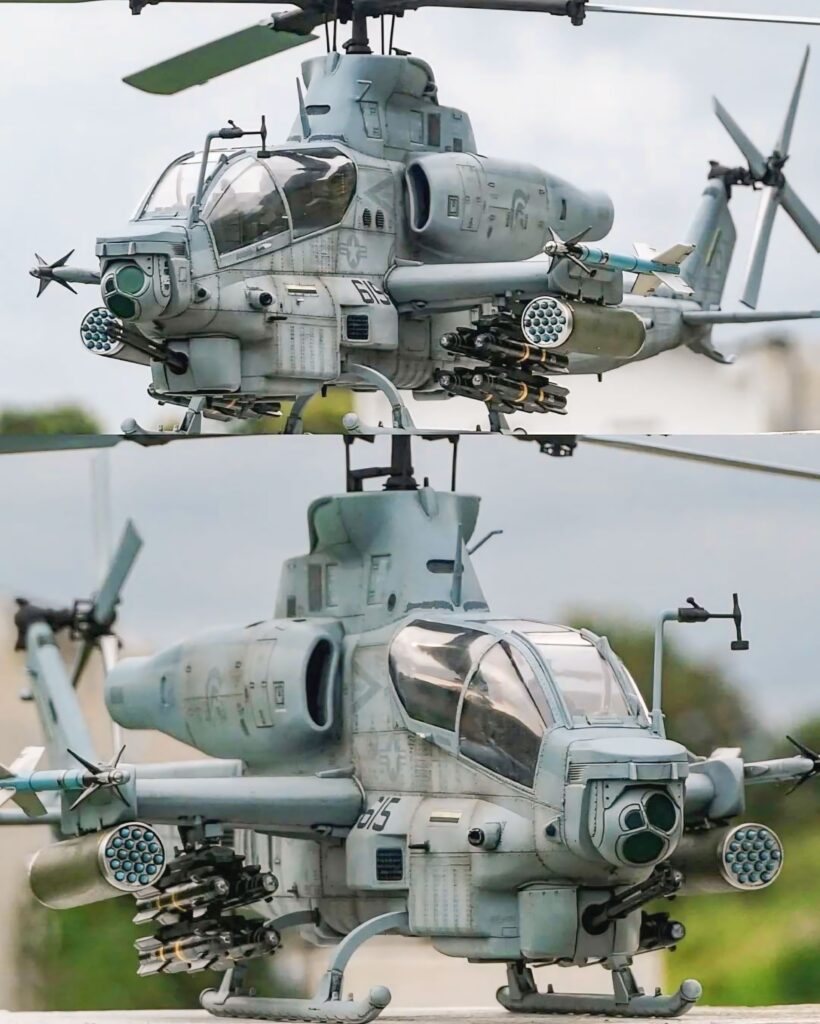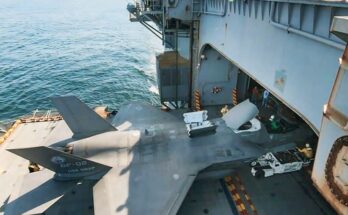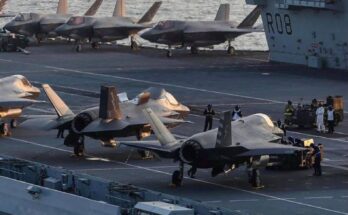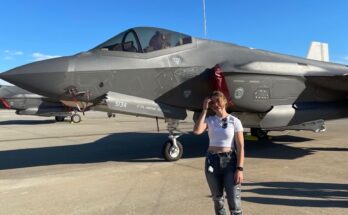
The Bell AH-1 SuperCobra is one of the most recognizable attack helicopters in modern military history. Developed as an improvement over the original AH-1 Cobra, the SuperCobra was designed to provide the U.S. Marine Corps with enhanced firepower, survivability, and versatility on the battlefield. Its combination of speed, maneuverability, and weapons systems made it a vital tool for close air support and other combat operations for decades.
One of the defining features of the AH-1 SuperCobra is its tandem cockpit configuration. The pilot sits in the rear seat while the gunner occupies the front. This setup improves visibility and allows both crew members to focus on their respective roles without interference. The narrow fuselage not only reduces drag but also presents a smaller target, increasing survivability in hostile environments.
The SuperCobra’s armament is central to its effectiveness. It is equipped with a three-barrel 20mm M197 Gatling cannon mounted on a chin turret, giving it a powerful and flexible close-range option. Additionally, the helicopter can carry a wide range of external weapons on its stub wings, including TOW anti-tank guided missiles, Hellfire missiles, Hydra 70 rocket pods, and Sidewinder air-to-air missiles. This versatility allows it to engage both ground and aerial threats with equal confidence. Its ability to carry varied loadouts made it adaptable for different mission requirements, from anti-armor operations to troop support.
Power and performance are also key aspects of the AH-1 SuperCobra. Depending on the variant, it is powered by either a single or twin-engine setup, with the twin-engine AH-1W model being the most prominent in service. Twin engines provide greater reliability and safety in combat, especially during operations over water or in harsh terrain. With a cruising speed of around 170 knots and an impressive agility for its size, the SuperCobra could quickly reach combat zones and provide sustained support.
Survivability was another focus in its design. The SuperCobra incorporated features such as armored crew seats, crash-resistant fuel systems, and redundant hydraulic systems. These enhancements helped increase the chances of crew survival in the event of enemy fire or mechanical failure. Combined with its slim profile and agility, the helicopter was well-suited to the dangerous environments in which it often operated.
Avionics and targeting systems further elevated the SuperCobra’s effectiveness. Advanced optics, night vision, and laser designators enabled accurate targeting in day, night, and poor weather conditions. These systems made it possible for the SuperCobra to operate effectively around the clock, providing continuous support to ground forces.
The AH-1 SuperCobra served the U.S. Marine Corps for decades and became a symbol of close air support. Its blend of firepower, protection, and adaptability ensured its relevance even as newer aircraft entered service. While it has since been succeeded by the AH-1Z Viper in Marine Corps operations, the SuperCobra’s legacy remains significant. It demonstrated how a well-designed attack helicopter could be both a versatile weapon system and a reliable partner for troops on the ground.
In short, the AH-1 SuperCobra’s key features—tandem cockpit design, powerful armament, dependable engines, survivability measures, and advanced targeting systems—made it a mainstay of modern military aviation and a proven asset in combat.


